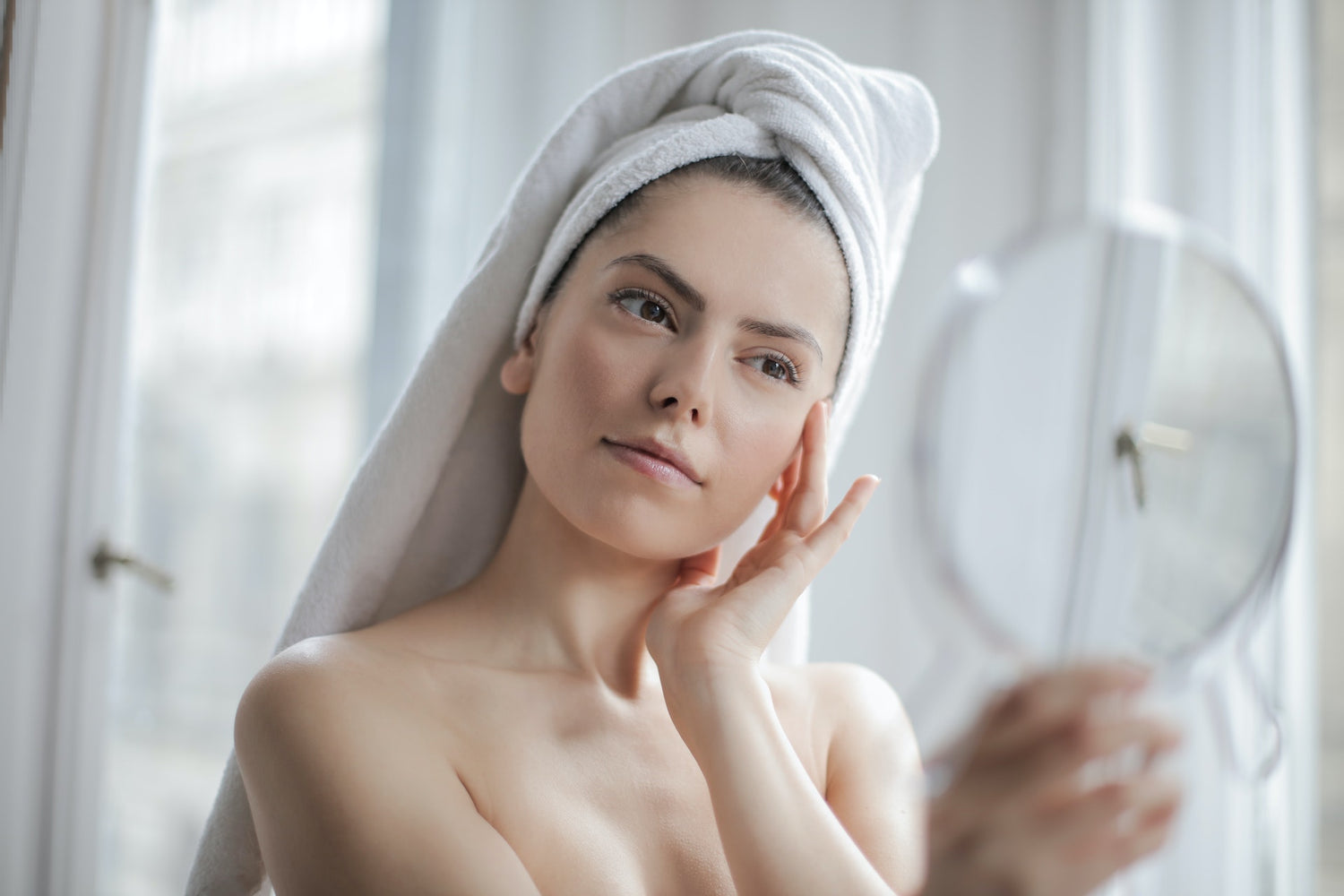When we use shampoo or body wash, we expect these products to cleanse and nourish our hair and skin without posing any health risks. However, some brands include a hidden danger: formaldehyde. In this blog post, we will explore the dangers associated with formaldehyde in shampoo and body wash products, shedding light on the potential risks to our well-being.
Understanding Formaldehyde:
Formaldehyde is a colorless gas with a pungent odor that is commonly used as a preservative and disinfectant in various industries, including cosmetics and personal care products. It helps prevent microbial growth and extends the shelf life of these products. However, formaldehyde is classified as a known human carcinogen by the International Agency for Research on Cancer (IARC).
Presence of Formaldehyde in Shampoo and Body Wash:
While formaldehyde itself may not be listed as an ingredient, some cosmetic and personal care products release formaldehyde over time due to the presence of formaldehyde-releasing preservatives. These preservatives, such as quaternium-15, DMDM hydantoin, and diazolidinyl urea, gradually break down and release formaldehyde into the product.
Potential Health Risks:
Exposure to formaldehyde in shampoo and body wash can have several concerning health effects:
1. Carcinogenicity: Prolonged or repeated exposure to formaldehyde has been linked to an increased risk of certain cancers, including nasal and nasopharyngeal cancers, as well as leukemia.
2. Skin Irritation and Sensitization: Formaldehyde can cause skin irritation, redness, itching, and dermatitis, particularly in individuals with sensitive skin. Prolonged exposure may lead to skin sensitization, resulting in allergic reactions.
3. Respiratory Issues: Inhalation of formaldehyde fumes or vapors can irritate the respiratory system, causing coughing, wheezing, chest tightness, and shortness of breath. Individuals with asthma or other respiratory conditions may be more susceptible to these effects.
Regulatory Measures:
To protect consumers from the dangers of formaldehyde exposure, regulatory measures have been implemented in various countries. For example, the European Union restricts the use of formaldehyde-releasing preservatives in cosmetics and personal care products. However, regulations may vary in different regions, and formaldehyde may still be found in some products.
Choosing Safer Alternatives:
To reduce your exposure to formaldehyde in shampoo and body wash brands, consider the following steps:
1. Read Ingredient Labels: Look for formaldehyde-releasing preservatives such as quaternium-15, DMDM hydantoin, and diazolidinyl urea. Avoid products containing these ingredients.
2. Seek Formaldehyde-Free Brands: Look for brands that explicitly state their products are formaldehyde-free or do not contain formaldehyde-releasing preservatives.
3. Educate Yourself: Familiarize yourself with the potential sources of formaldehyde in personal care products to make informed decisions about the brands you trust.
4. Opt for Natural and Organic Options: Consider natural and organic shampoo and body wash brands that prioritize using plant-based ingredients and avoid synthetic preservatives altogether.
5. Stay Informed: Keep up to date with regulatory changes and research regarding formaldehyde in personal care products to make informed choices.
Formaldehyde in shampoo and body wash brands poses significant health risks, including carcinogenicity, skin irritation, and respiratory issues. Understanding the potential dangers and taking proactive steps to choose formaldehyde-free alternatives is crucial for safeguarding our health. By reading labels, seeking safer brands, and staying informed, we can prioritize our well-being and make conscious choices that promote a safer personal care routine.




